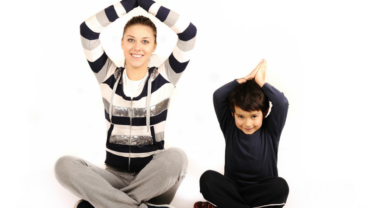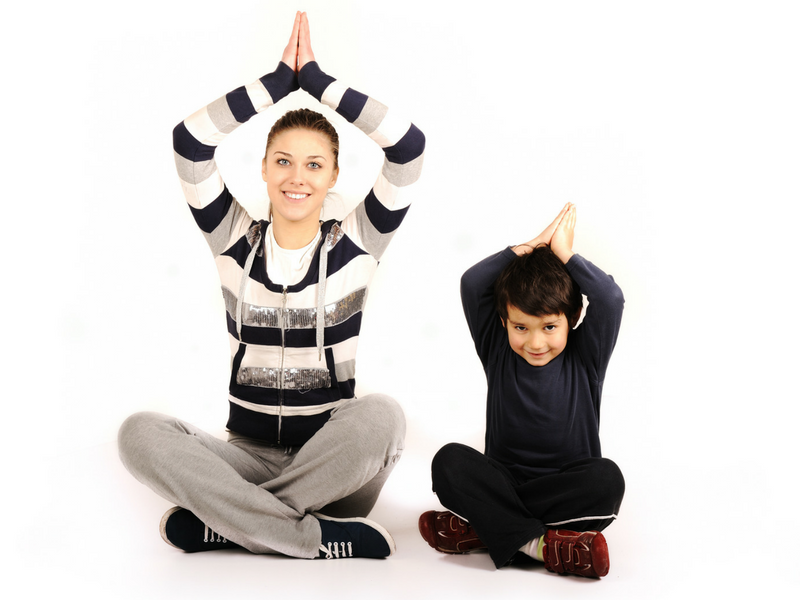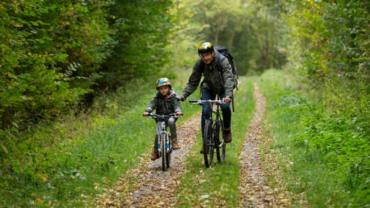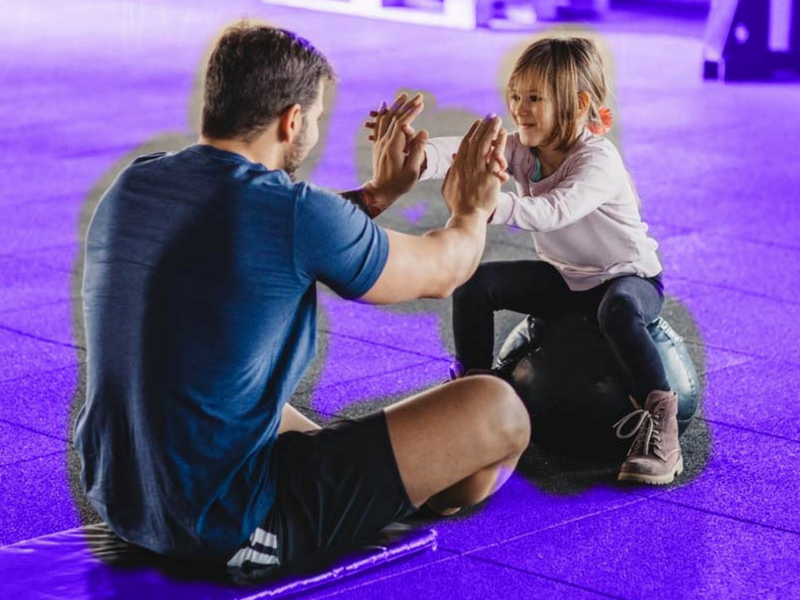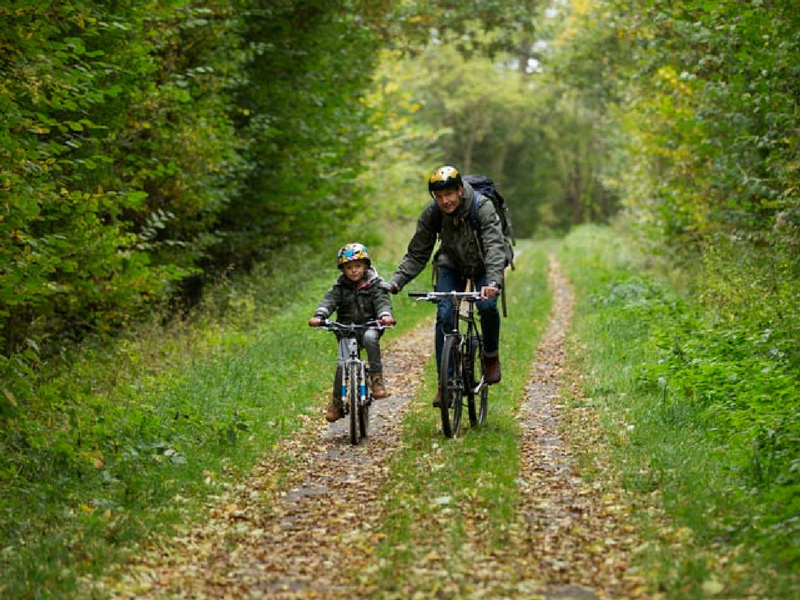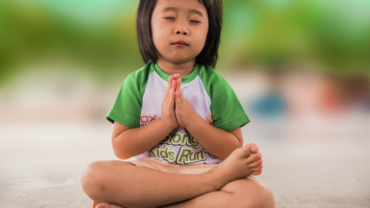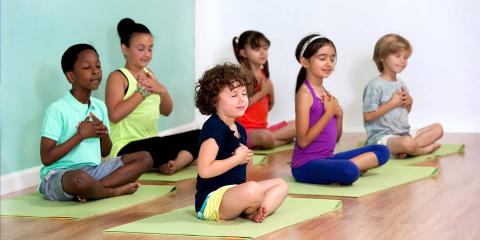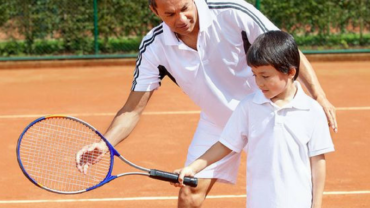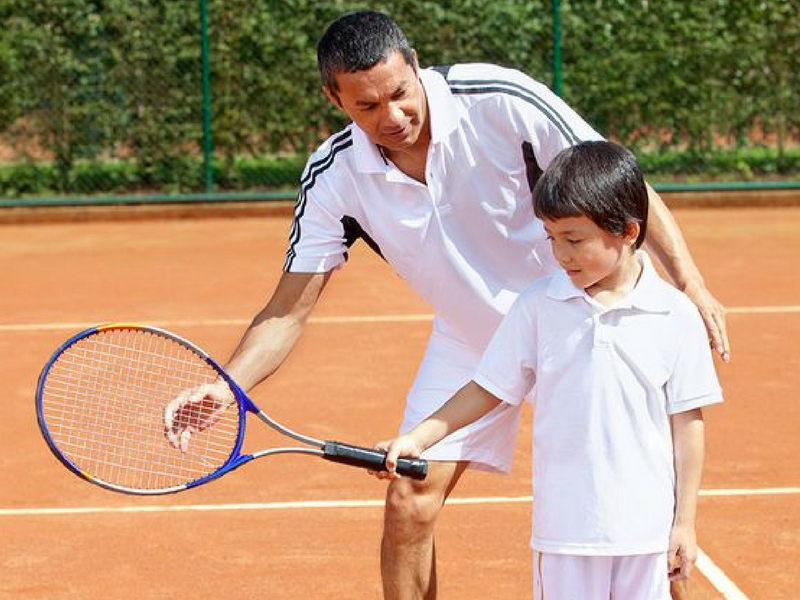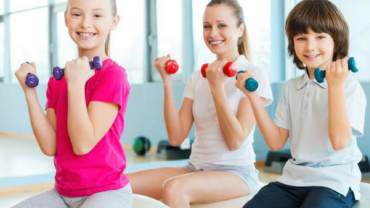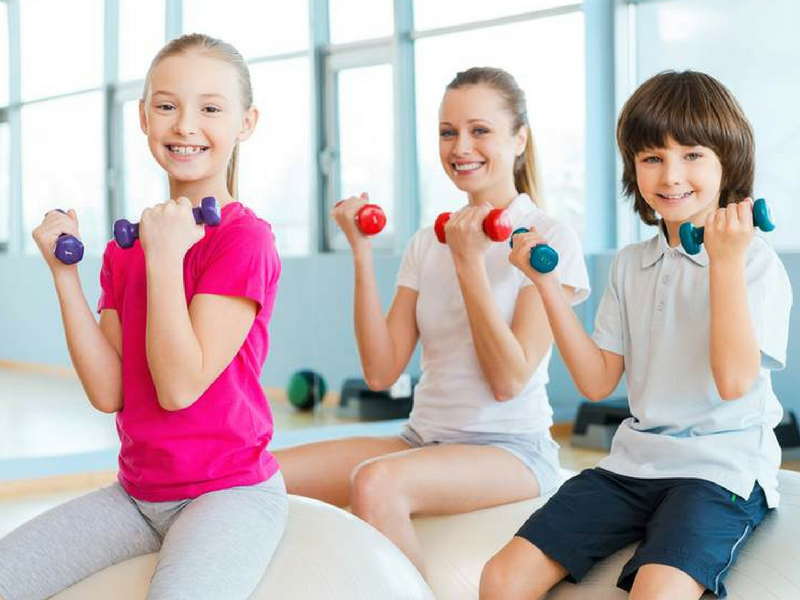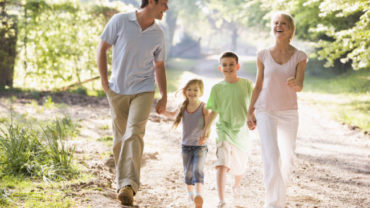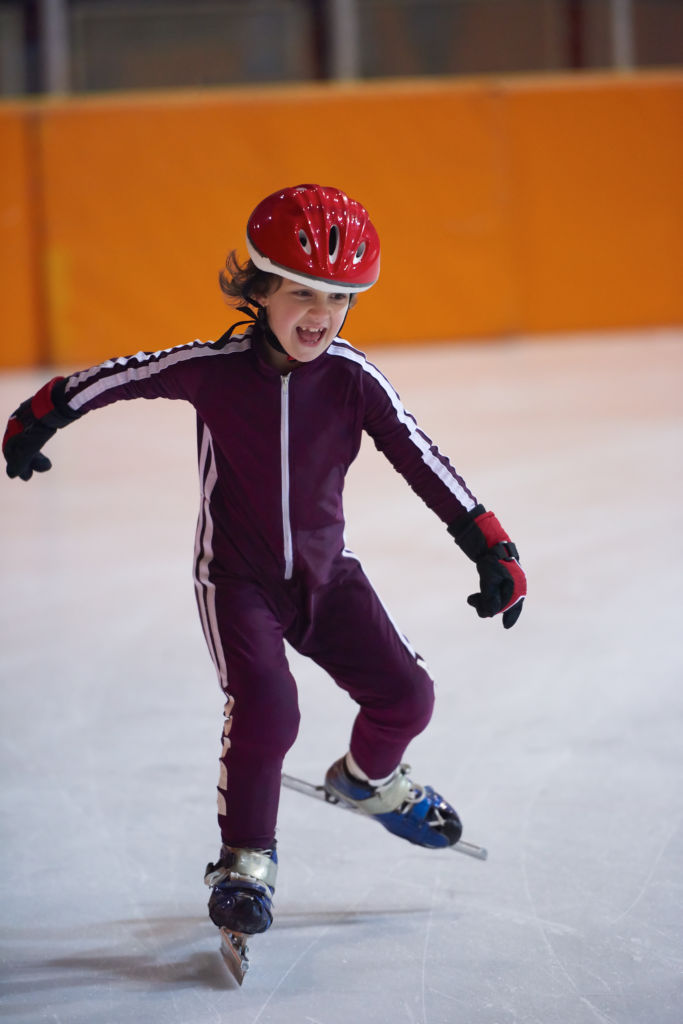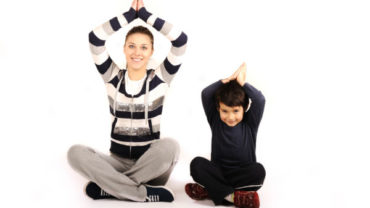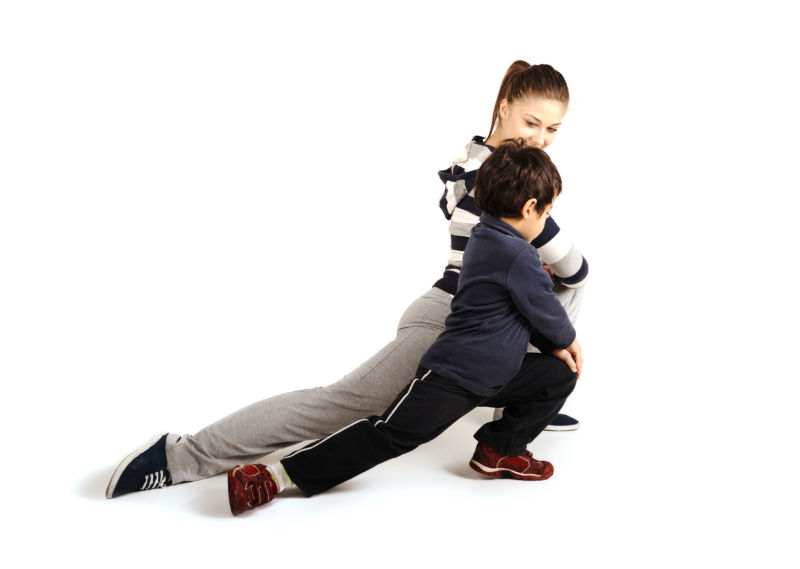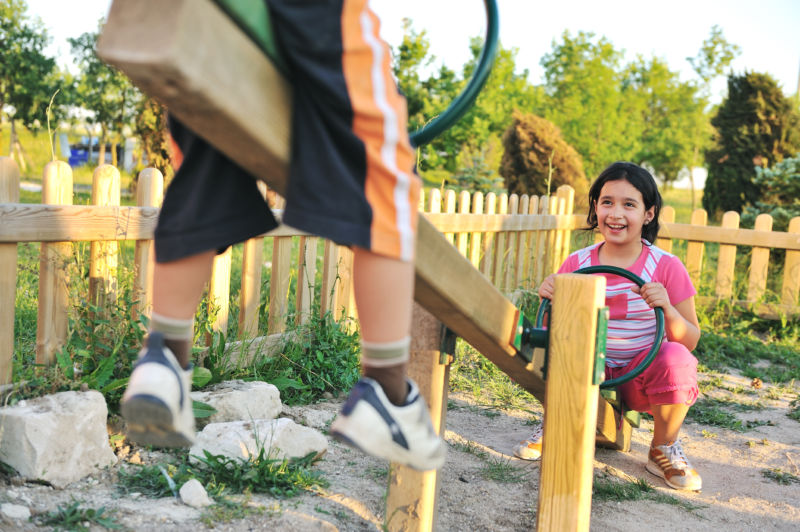via Big Think:
One of the most fascinating things about creativity is that the most recent studies are showing that it’s not just one side of the brain or the other side of the brain that everybody will tell you. It really is the most creative people are using both sides of the brain together. So this is an important concept that the brain is subdivided into two major hemispheres. We have two of each structure. Almost all the structures of our brain are paired. So the idea is well one side of the brain is for certain things and the other side of the brain is important for other things. And the one thing we can say for sure is yes, language is on the left side of the brain. But for creativity it actually makes more sense to me that with a function so broad as that you would benefit from having the most cross talk possible between all parts of your brain. In fact that’s exactly what the neuroscience is showing. So then once we start to understand – we’re starting to understand a little bit about the brain circuits involved in creativity that involves a lot the prefrontal cortex as you might expect. Then the question is well how do I up my creativity? That’s what everybody is interested in.
Well there is exciting new evidence that one of the functions of the hippocampus, an area that we know is important for long-term memory is that it’s not only important for long-term memory but it’s critical for the function of imagination. So people have been testing people with other people, patients with damage to the hippocampi for long periods of time. No surprise they had memory impairments. They were amnesic. But one day an experimenter back in 2007 tested amnesic patients on tasks of imagination. And she asked them can you imagine a situation that you’ve never experienced before. In this case it was imagine a tropical beach. And she compared the responses to people age matched and education matched people without hippocampal damage. What she found was these hippocampal patients, these amnesic patients who had normal language abilities were unable to imagine a future scenario. They could say things like well, there’s blue ocean, there might be sand. But they couldn’t elaborate at all. Whereas control patients, or control subjects were able to talk all about, you know, what the beach looked like, the buildings on the beach, the boats going past them. And this led other researchers to image the brains of subjects, normal subjects as they were remembering things. And when they remembered things the hippocampus lit up. But then they asked well imagine something new. And in that situation the hippocampus lit up again. So there’s multiple modes of evidence suggesting the hippocampus is not only involved in memory but is also important for imagination. A key component of creativity. We know that exercise stimulates what we can neurogenesis or the birth of brand new brain cells in the hippocampus. But because of those brand new brain cells in my hippocampus I’m also enhancing my imagination. So the hypothesis that I’m working on in my lab is can exercise actually enhance creativity.



